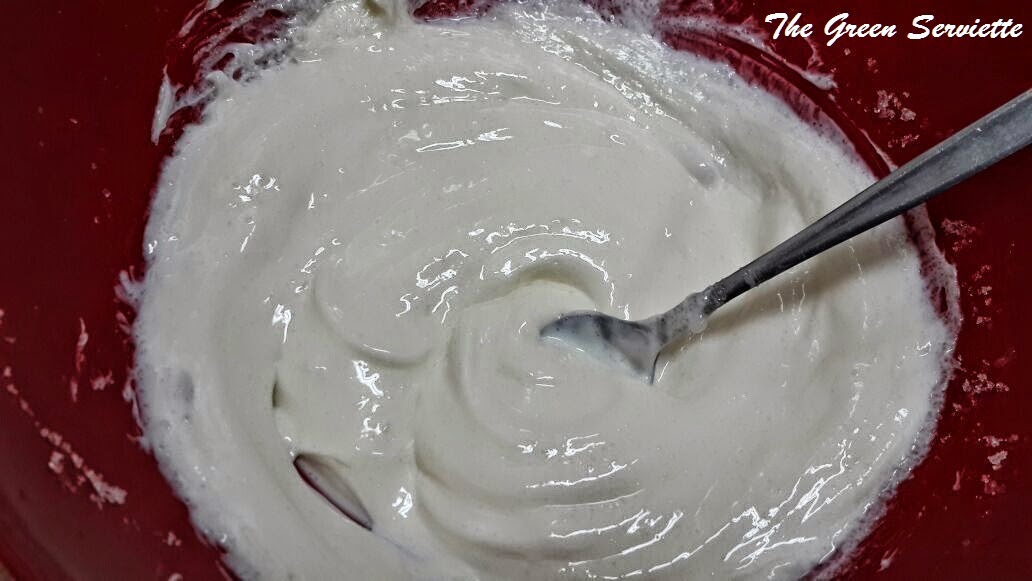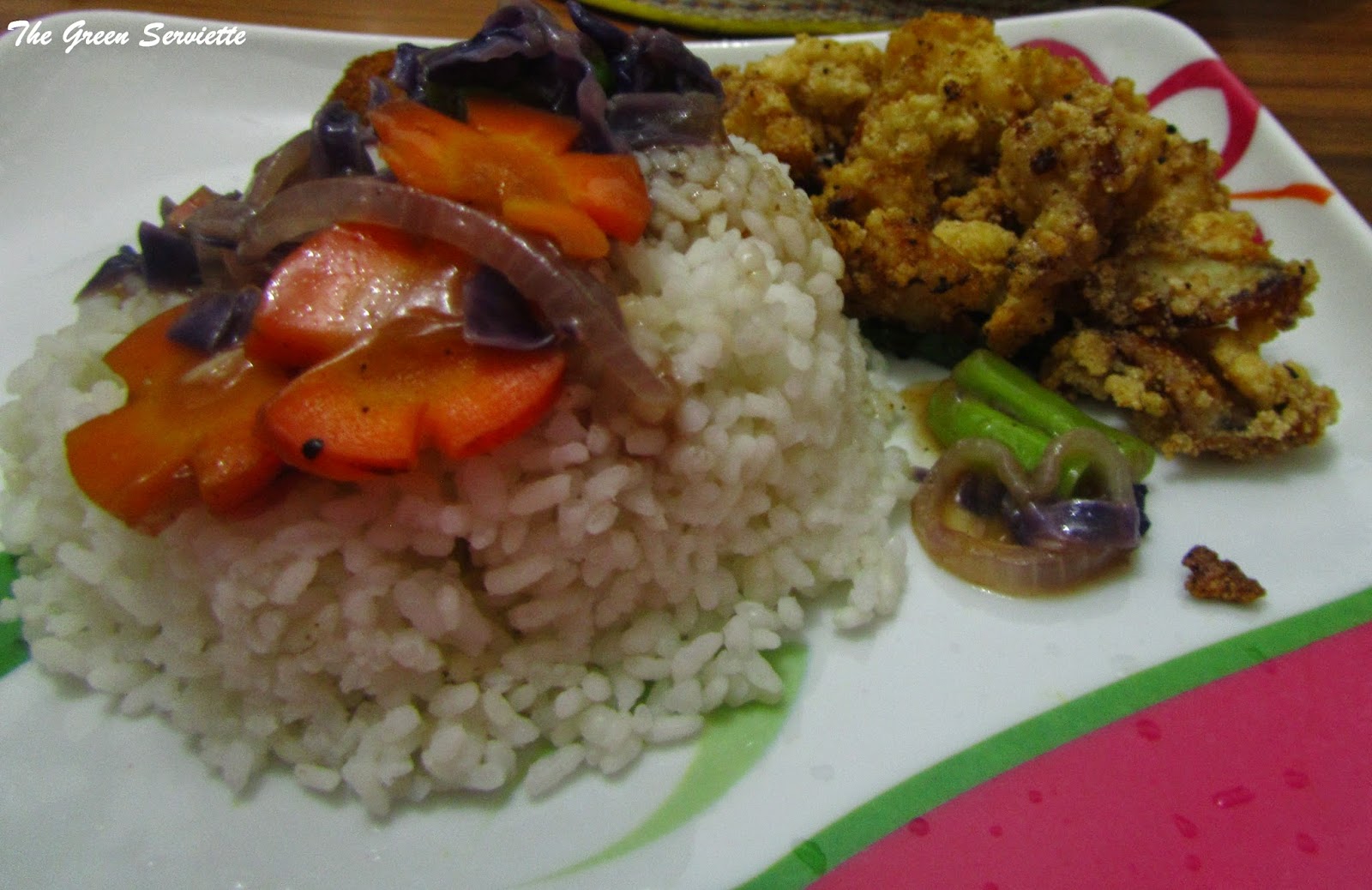Who doesn’t love tiramisu? Only those of you who have never tried it.
Before I begin anywhere, this desert contains too many calories in just 1 bite.
If you are on a weight loss diet, I’m sorry. J
But for those of you who care nothing less, please do try it.
Traditional tiramisu is a popular
coffee-flavoured Italian dessert. It’s made of ladyfinger biscuits (also called
sponge fingers) dipped in strong coffee, layered with cream, cheese, eggs
mixture and topped with powdered cocoa. In the traditional tiramisu mix, rum is
added. (Which is a big NO NO) And that is why I call it the halal tiramisu.
Though the ingredients may sound
complicated and the dessert itself looks exotic, it’s pretty simple to make.
Here is a step by step process.
The ladyfinger biscuits turn into
a soft fluffy cake when it absorbs all the cream cheese.
The real recipe for tiramisu
calls for mascarpone cheese, which is quite expensive and not easily available
too. Not to worry, cream cheese works beautiful. I have used this particular
brand.
Mix 200g of cheese
and 3 tbsp of sugar till smooth.
Separate
3 egg yolks from the white in a bowl. To the eggs add 4 tbsp of sugar and mix
well.
Use a double boiler for this
step. The bowl of eggs must sit in a pot of boiling water. Cook for 1-2 minutes
stirring continuously till the deep yellow colour of the yolk turns milkish
yellow (Cooking for too long may cause the egg yolks to scramble/clot. Keep
stirring.)
Pour this egg mixture into the cheese mix
immediately and stir well. To this add 2 tbsp of strong coffee.
Whip up 1 ½ cups of cream. I have used one sachet of powder whip
cream. You can alternatively use fresh cream and whip it up.
For those of you who don’t have
an electric beater. Pour ice water in a large bowl. Use a steel container to
whip up your cream. Keep the container immersed in the water. This will help
whip up the cream faster. Whip till the cream forms soft peaks. (Takes atleast
5 minutes and an aching arm)
Fold in the whipped
cream into the cheese and egg mix. Your custard for the tiramisu is ready.
Now,
time to arrange the masterpiece! Use a large deep dish for layering the lady
finger and custard. Keep the coffee ready in a flat dish to dip the tiramisu.
Dip each ladyfinger into the
coffee mix (The coffee is strong so don’t dip too much, just a bit here and
there) and arrange in the dish.
Pour half of the cream cheese custard on top.
Sprinkle cocoa powder with a sieve. (I dint have any cocoa
at home, so I used my son’s Nesquick chocolate milk powder
J)
Repeat again, with another layer of ladyfingers, cheese and
cocoa dusting.
Cover with a cling wrap and keep it in the
refrigerator overnight to cool.
This
recipe uses 24 ladyfinger
biscuits and serves 12 people.
One serving of this recipe will provide approximately 182 Calories.
|
Here is what you’ll need:
200 gm cream cheese / Mascarpone cheese
1 packet ladyfinger biscuits/ Sponge biscuits
3 egg yolk
7 tbsp sugar (divided)
1 ½ cup whipped cream
2 tsp instant coffee
Cocoa powder (for garnish)
Method:
- To a glass of water add 2 tsp of instant coffee.
- In a large bowl mix the softened cream cheese
with 3 tbsp sugar till creamy soft.
- Mix 4 tbsp sugar with the egg yolks till
dissolved.
- Double boil the egg yolks sugar mixture till
dark yellow turns pale yellow.
- Add the egg mixture to the cheese. Add 2 tbsp of
coffee and mix well.
- To this add the whipped cream and fold it in
gently.
- In a deep dish, arrange the ladyfinger biscuits
soaked in coffee.
- Spread the cheese egg cream custard and dust
cocoa.
- Repeat again with another layer of ladyfingers
and custard.
- Dust with cocoa.
- Chill overnight.
Recipe by Zohra Sada




































